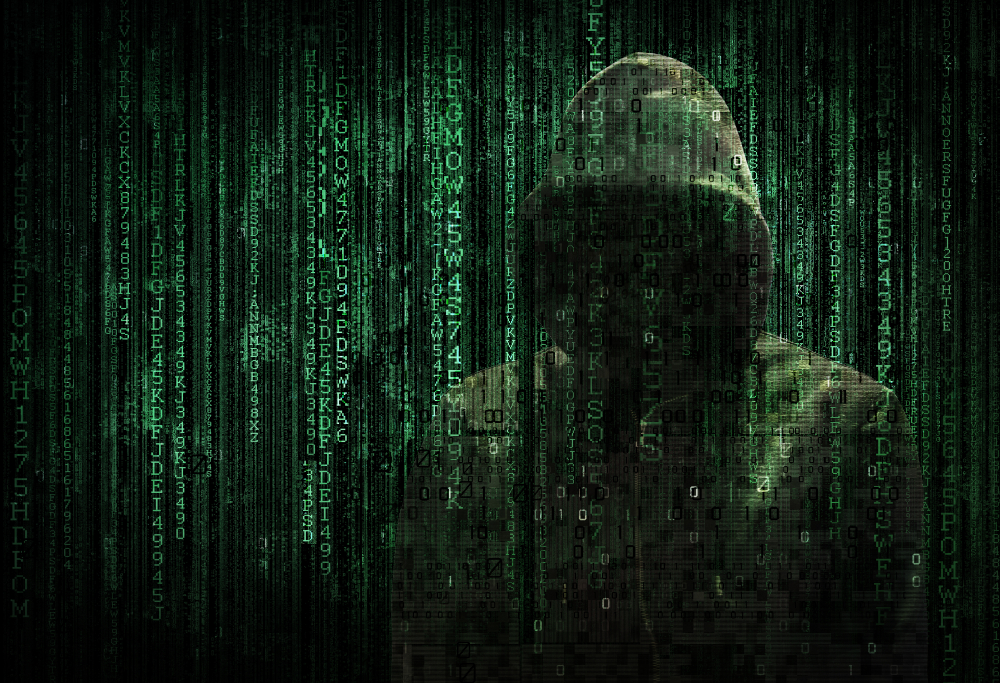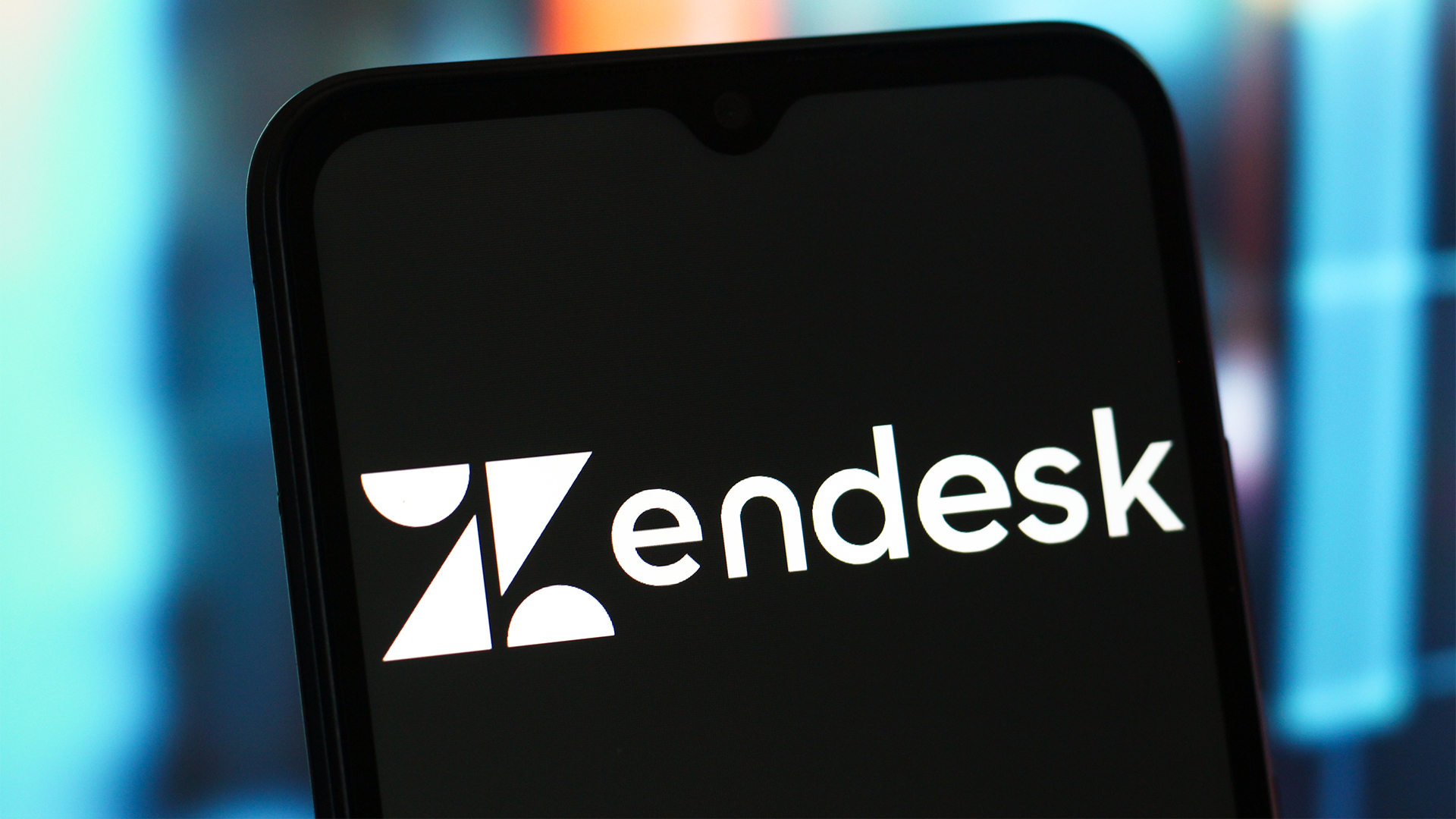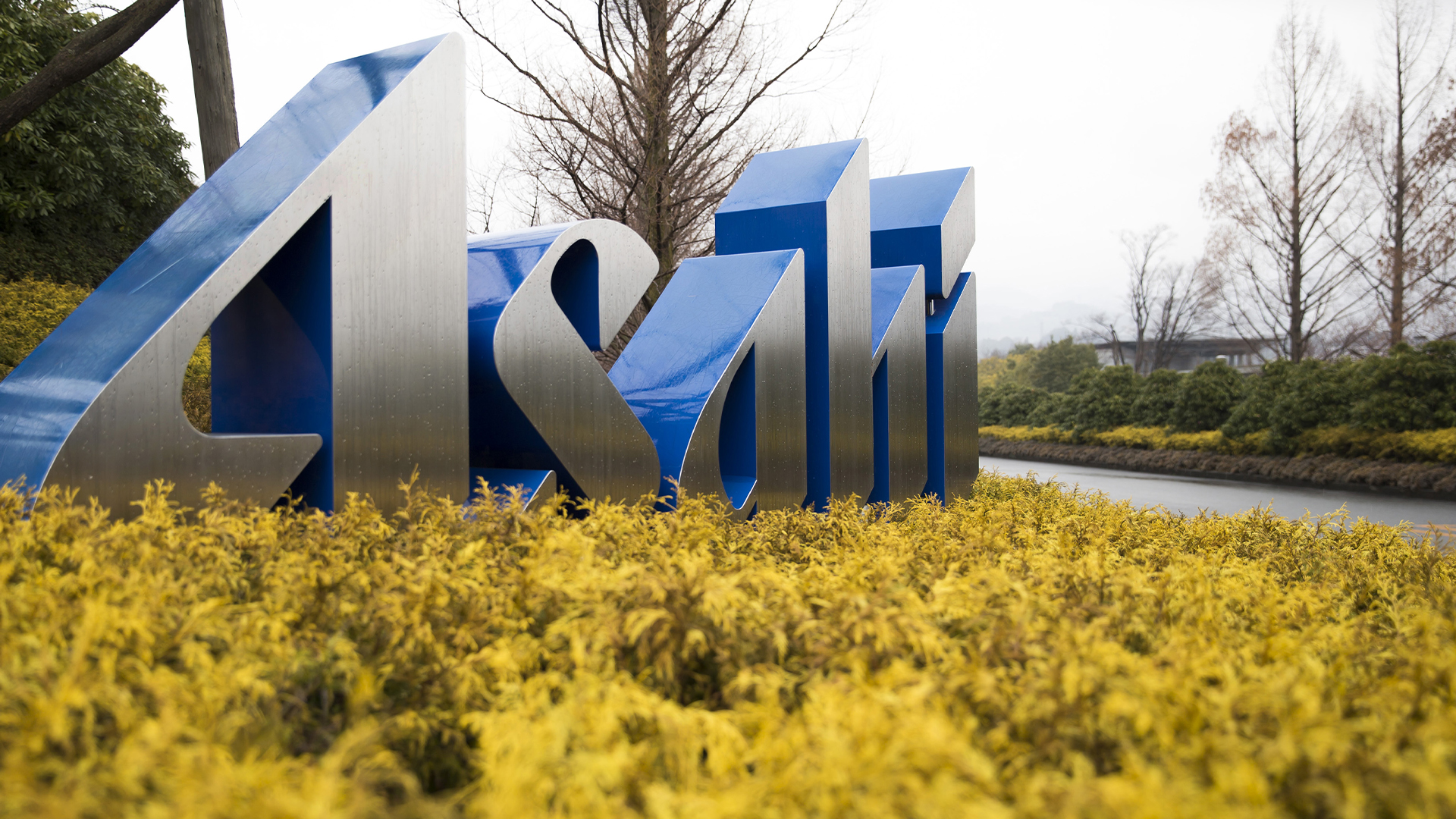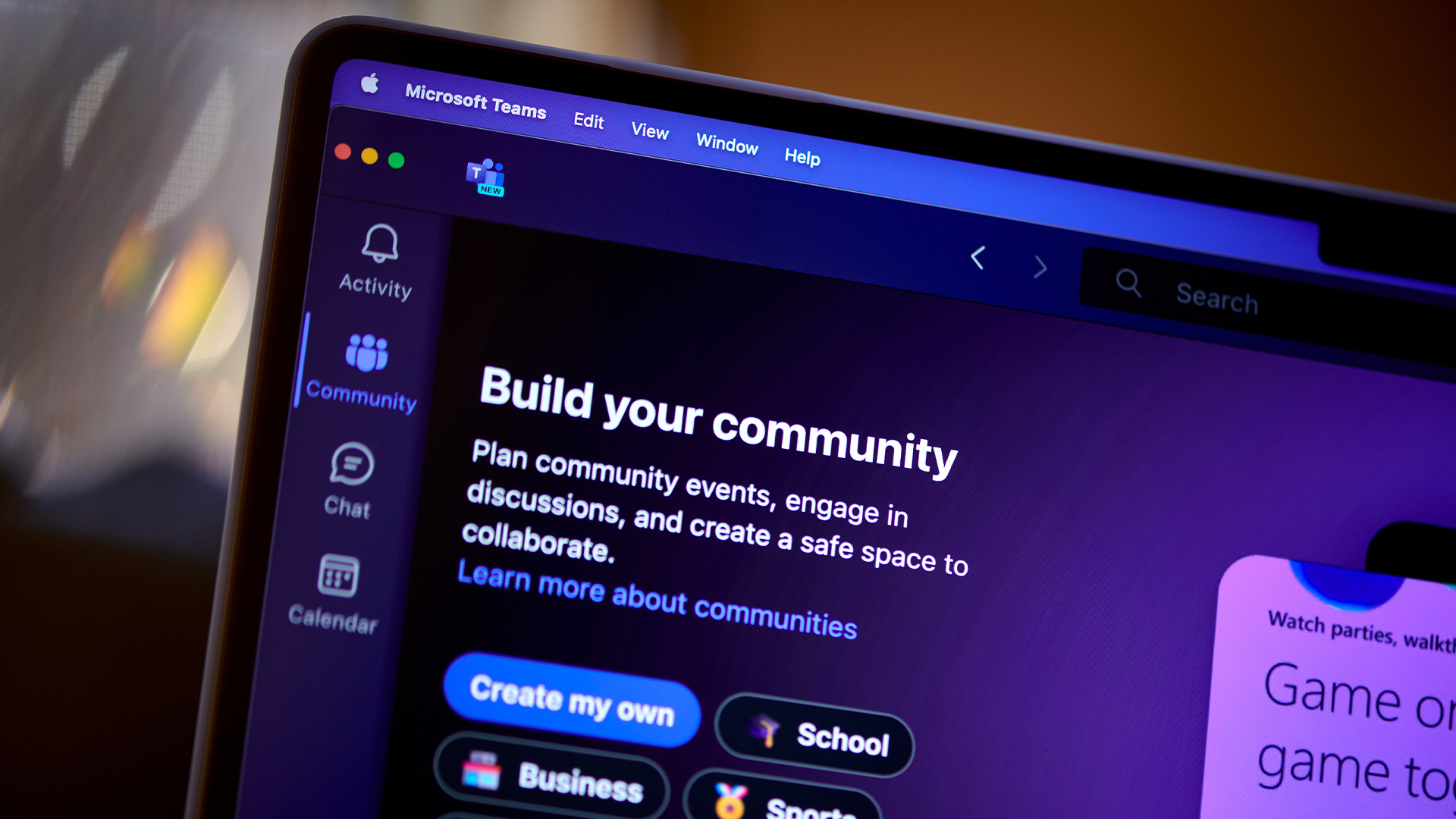Health care organizations under siege from Ryuk ransomware
As hospitals bravely cope with Coronavirus, hackers sense an opportunity to cash in


Despite health care organizations heroically battling the coronavirus, a new report indicates they continue to endure ransomware attacks.
In a blog post, researchers from Check Point Software said that since the start of November, there has been a 45% increase in attacks targeting health care organizations globally, compared to an average 22% increase in attacks against other industry sectors.
“This is more than double the overall increase in cyber-attacks across all industry sectors worldwide seen during the same time,” said researchers.
The average number of weekly attacks in the health care sector reached 626 per organization in November, compared with 430 in October. The main ransomware variant used in attacks is Ryuk, followed by Sodinokibi.
Researchers reported a rising wave of ransomware attacks had targeted hospitals and health care organizations at the end of October. Most of those attacks used the infamous Ryuk ransomware. This followed a Joint Cybersecurity Advisory issued by the CISA, FBI, and HHS, which warned of an increased and imminent cyber crime threat to US hospitals and health care providers.
The latest rise in attacks involves a range of vectors, including ransomware, botnets, remote code execution, and DDoS attacks.
“However, ransomware shows the largest increase and is the biggest malware threat to healthcare organizations when compared to other industry sectors,” said researchers.
Sign up today and you will receive a free copy of our Future Focus 2025 report - the leading guidance on AI, cybersecurity and other IT challenges as per 700+ senior executives
Ransomware attacks against hospitals and related organizations are particularly damaging because any disruption to their systems could affect their ability to deliver care, endangering lives. All this adds to the pressures these systems face trying to cope with the global increase in COVID-19 cases.
“This is precisely why criminals are specifically and callously targeting the healthcare sector: because they believe hospitals are more likely to meet their ransom demands,” researchers warned.
“The major motivation for threat actors with these attacks is financial. They are looking for large amounts of money, and fast. It seems that these attacks have paid off very well for the criminals behind them over the past year, and this success has made them hungry for more.”
Broken down regionally, Central Europe tops the list of affected regions with a 145% increase in health care organization attacks. East Asia comes in second with a 137% increase while Latin America is third with a 112% increase. Europe and North America saw 67% and 37% increases, respectively.
Researchers warned that the use of test and trace apps for tracking individuals, which previously would have caused strong privacy-related opposition, has widely been adopted worldwide and is expected to outlive the pandemic.
“As the world’s attention continues to focus on dealing with the pandemic, cyber-criminals will also continue to use and try to exploit that focus for their own illegal purposes – so it is essential that both organizations and individuals maintain good cyber-hygiene to protect themselves against Covid-related online crime,” researchers said.
Rene Millman is a freelance writer and broadcaster who covers cybersecurity, AI, IoT, and the cloud. He also works as a contributing analyst at GigaOm and has previously worked as an analyst for Gartner covering the infrastructure market. He has made numerous television appearances to give his views and expertise on technology trends and companies that affect and shape our lives. You can follow Rene Millman on Twitter.
-
 I couldn’t escape the iPhone 17 Pro this year – and it’s about time we redefined business phones
I couldn’t escape the iPhone 17 Pro this year – and it’s about time we redefined business phonesOpinion ITPro is back on smartphone reviews, as they grow more and more intertwined with our work-life balance
-
 When everything connects, everything’s at risk
When everything connects, everything’s at riskIndustry Insights Growing IoT complexity demands dynamic, automated security for visibility, compliance, and resilience
-
 15-year-old revealed as key player in Scattered LAPSUS$ Hunters
15-year-old revealed as key player in Scattered LAPSUS$ HuntersNews 'Rey' says he's trying to leave Scattered LAPSUS$ Hunters and is prepared to cooperate with law enforcement
-
 The Scattered Lapsus$ Hunters group is targeting Zendesk customers – here’s what you need to know
The Scattered Lapsus$ Hunters group is targeting Zendesk customers – here’s what you need to knowNews The group appears to be infecting support and help-desk personnel with remote access trojans and other forms of malware
-
 Impact of Asahi cyber attack laid bare as company confirms 1.5 million customers exposed
Impact of Asahi cyber attack laid bare as company confirms 1.5 million customers exposedNews No ransom has been paid, said president and group CEO Atsushi Katsuki, and the company is restoring its systems
-
 The US, UK, and Australia just imposed sanctions on a Russian cyber crime group – 'we are exposing their dark networks and going after those responsible'
The US, UK, and Australia just imposed sanctions on a Russian cyber crime group – 'we are exposing their dark networks and going after those responsible'News Media Land offers 'bulletproof' hosting services used for ransomware and DDoS attacks around the world
-
 A notorious ransomware group is spreading fake Microsoft Teams ads to snare victims
A notorious ransomware group is spreading fake Microsoft Teams ads to snare victimsNews The Rhysida ransomware group is leveraging Trusted Signing from Microsoft to lend plausibility to its activities
-
 Volkswagen confirms security ‘incident’ amid ransomware breach claims
Volkswagen confirms security ‘incident’ amid ransomware breach claimsNews Volkswagen has confirmed a security "incident" has occurred, but insists no IT systems have been compromised.
-
 The number of ransomware groups rockets as new, smaller players emerge
The number of ransomware groups rockets as new, smaller players emergeNews The good news is that the number of victims remains steady
-
 Teens arrested over nursery chain Kido hack
Teens arrested over nursery chain Kido hacknews The ransom attack caused widespread shock when the hackers published children's personal data
